FALSE TESTIMONY #2
2012
operatic film, photo series and objects, Invaliden1 Galerie, Berlin
2012
operatic film, photo series and objects, Invaliden1 Galerie, Berlin
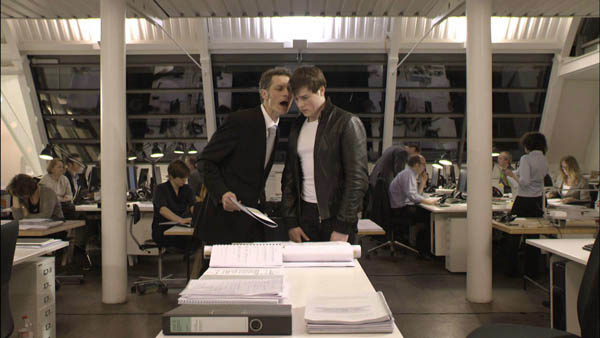
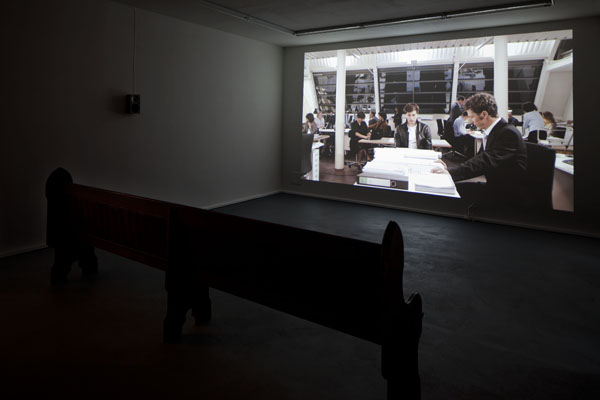
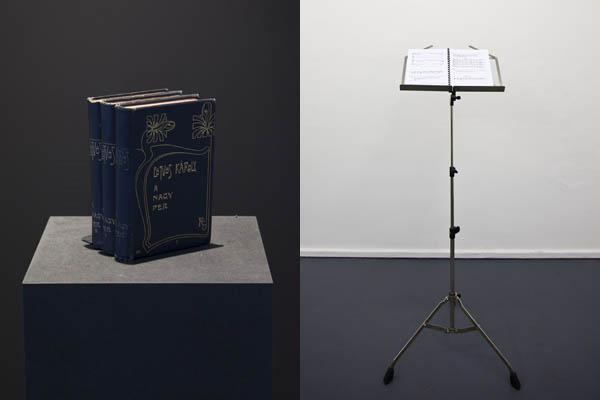
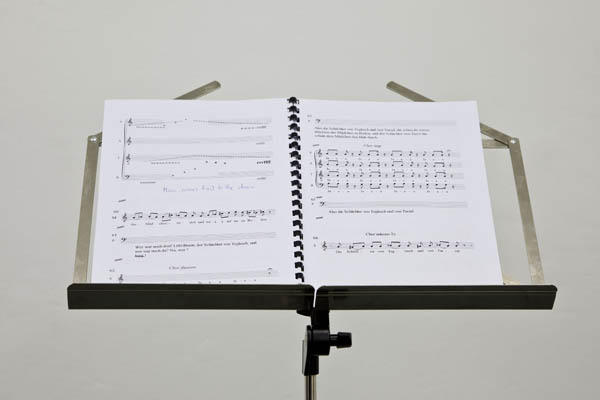
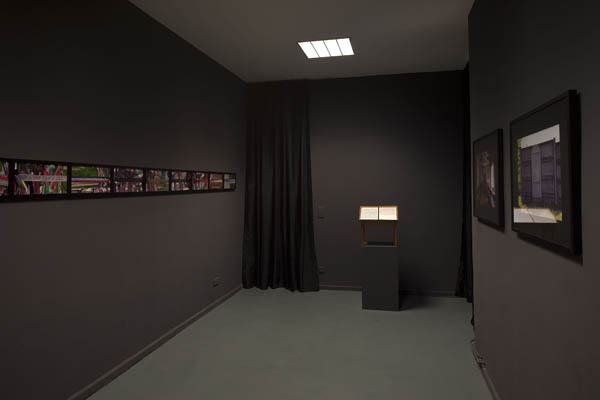
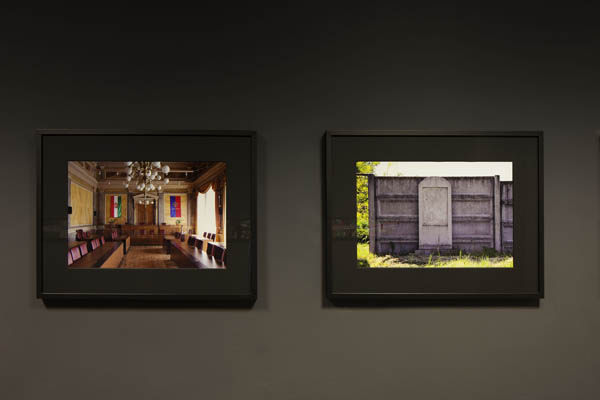
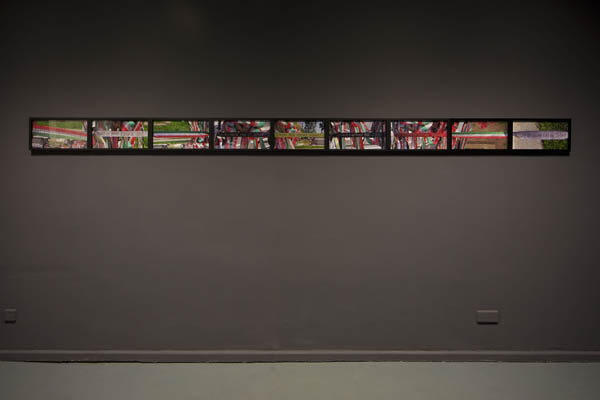
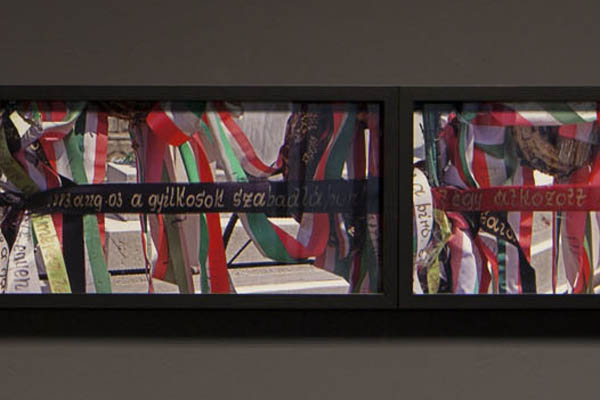
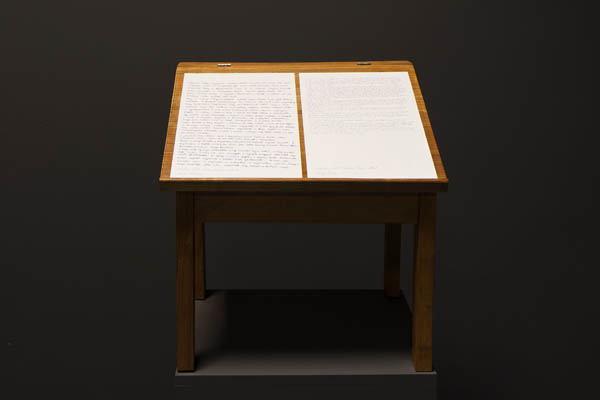
Exhibition presenting an operatic short film, photo series and objects, Invaliden1 Galerie Berlin October 26 – December 8, 2012
In collaboration with Zoltán Kékesi
"False Testimony (one Version of the Version)" is a recorded operatic performance based on the story of an actual historical event that took place in the years 1882 and 1883 in the Hungarian village of Tiszaeszlár. This blood libel and show trial, today known as the “Tiszaeszlár Affair”, was widely sensationalized, greatly influencing later developments of anti-Semitism in Hungary. A firsthand description of the trial, the retrospection "The Great Trial", was published by Károly Eötvös in 1902, the defence lawyer who secured an acquittal for the accused.
In addition to the retrospection, other artistic publications and productions were produced on a local as well as international level. The film "Verzió" (1981), by Miklós Erdély, focuses specifically on the inculcated testimony of the primary witness, 14-year-old Móric Scharf. During the trial the boy claimed to have witnessed the defendants murdering a girl in order to use her blood during the approaching Passover.
The lyrics in the composition in the opera are based on rephrased fragments from the film’s dialogue. The structure of the performance follows the method of secret inculcation and forced learning: mastering the false testimony; the validation of a lie; the course of the fictitious conception through the psyche, its registration by external and internal forces, its development into conviction and its ultimate and fatal proclamation.
In her short film "False Testimony" Hajnal Németh re-enacts an important moment of the Tiszaeszlár trial in a contemporary setting, the interior of an office, revealing the significance of this historical event for the present. While engaged in the re-enacted process of the enforcement of anti-Semitic testimony, the performers are doing their job undisturbed – “as if nothing happened” (see the KissPál - Marcos essay). The current exhibition elaborates the relationship between this historical event – which signifies the beginning of modern anti-Semitism in Hungary – and the present.
The photographs "Silent Place 1", "Silent Place 2" and "Loud Place" were taken in two locations, the village of Tiszaeszlár and in the City Hall of Nyíregyháza. The later, shown empty and in its present state, is the very place where the Tiszaeszlár trial once took place (Silent Place 1). The former constitutes a double topography - a Jewish graveyard, abandoned since the Holocaust and enclosed today by a concrete wall without any sign referring to its identity, and a Christian cemetery, one that contains a false grave of Eszter Solymosi, the alleged victim whose body was lost during the trial proceedings, erected in the mid-90s and used to this day by radical right-wing organizations as a site for public ’commemorations’.
The photo "Silent Place 2" depicts an unfinished memorial plaque installed inside the Jewish cemetery. The plaque serves as a reminder that present-day Hungarian society should reflect upon the role of the Tiszaeszlár trial in Hungary's modern history and its significance for our post-Holocaust era. The object "Option" is a small replica of the original plaque containing a poetic inscription by Hajnal Németh.
The photo series "Loud Place" shows the aftermath of right-wing commemoration rituals performed at the false grave of Eszter Solymosi. The slogans on the funeral wreaths, in their hand-written style, allude to the connection between the acts of accusation and the subjectivities performing them. In connection with "Loud Place", the installation "False Testimony Twice" contains another hand-written element, namely two transcripts of the original testimony given before the court in 1882/83.
Written by Zoltán Kékesi
.
Operatic short film, Full HD, Stereo, 17'48", 2012
Author: Hajnal Németh
Composer: Reinhard Hoffmann
Assistant: Annette Wiegand
Performers: Tobias Müller-Kopp (baritone) as Kálmán Péczely, court clerk; Christian Miebach (tenor) as Móric Scharf, crown witness; The Jazzchor Berlin Vokal as the tussling psyche
Chorus-master: Michael Betzner-Brandt
Camera: István Imreh
Sound: Fabien Leseure
Post production: Yensin Jahn – PlanetRoc Studo
Recorded at: David Chipperfield Architects Studio, Berlin, 2012
Special thanks for the support: Béla Horváth, Erich Treiber, Christian Helfrich, David Chipperfield Architects Studio Berlin
.
2 photos, 40x60 cm (60x80 cm framed), 2012
Photo series, 9 pieces of 20x40 cm, 2012
2 hand-written text on 2 pages (A4), one wooden table, 2012
The Great Trial, that has been going on for a thousand years and still is not over, book, 3 vols. Budapest, Révai Testvérek, 1904
.
invaliden1.com/false-testimony
.
To read the article "As If Nothing Happened" by Szabolcs KissPál and Maria Marcos, please click here: exindex.hu
…
Exhibition view: Invaliden1 Galerie, Berlin, 2012
Photo: Sergio Belinchón